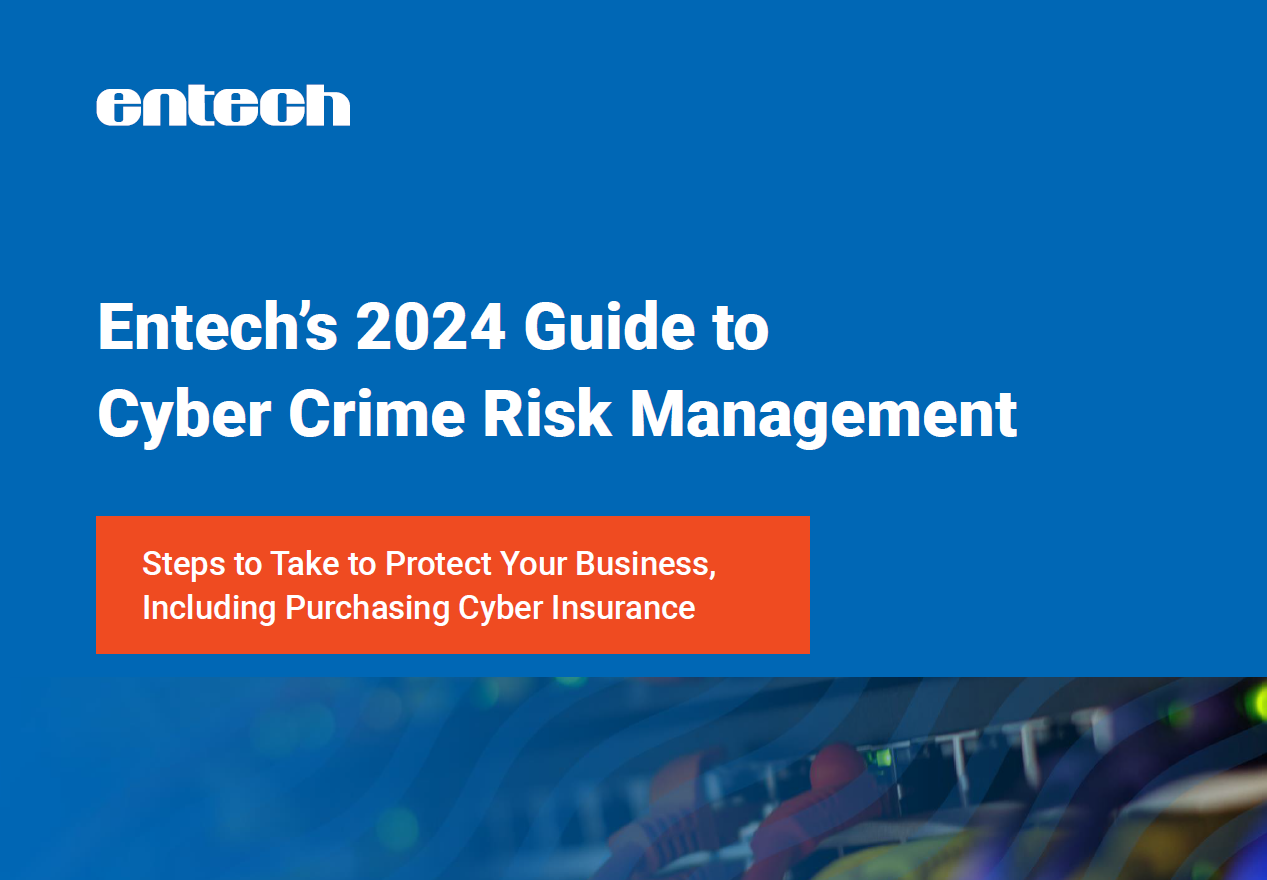
In today’s business environment, you can’t afford to stick your head in the sand when it comes to security. The viability of your organization depends on instituting best practices and keeping your eye on the ball. Here are 9 cybersecurity questions every leader should ask.
1. What is our cybersecurity strategy?
Ensure clarity on the overarching plan for protecting your organization's assets, data and infrastructure from cyber threats. Not sure what those assets are? You can download our checklist to help you assess your current situation. Get the Cybersecurity Checklist.
Here are the initial steps for you or your internal IT team to get started:
- Assess your organization’s current state: This step is to help you identify your current cybersecurity posture. Take note of existing assets, vulnerabilities and potential threats.
- Define objectives and priorities: Establish clear objectives for the cybersecurity strategy. Determine what assets are most critical to protect and prioritize areas of focus based on risk assessment.
- Allocate resources: Determine the budget, personnel and technology resources available for implementing the cybersecurity strategy. Ensure adequate allocation to address identified risks and achieve objectives.
- Establish governance structure: Define roles and responsibilities within the organization for cybersecurity governance. Clarify who is accountable for cybersecurity decisions and implementation.
- Understand legal and regulatory requirements: Identify relevant laws, regulations and industry standards governing cybersecurity for your organization. Ensure compliance with these requirements in the cybersecurity strategy.
- Risk management: Develop a systematic approach to risk management, including risk assessment, mitigation strategies and risk monitoring. Identify potential threats and vulnerabilities and prioritize them based on their potential impact on the organization.
- Create an incident response plan: Your plan should outline procedures for responding to cybersecurity incidents. Define roles and responsibilities, communication protocols, and steps for containing and mitigating the impact of incidents.
- Train employees: Invest in cybersecurity awareness training for employees to educate them about potential threats and best practices for cybersecurity. Ensure that employees understand their role in maintaining cybersecurity.
- Review vendor and third-party risk management: Assess the cybersecurity risks associated with third-party vendors and partners. Establish protocols for evaluating and managing these risks, including contractual agreements and security assessments.
- Plan for continuous improvement: Establish mechanisms for ongoing monitoring, evaluation and improvement of the cybersecurity strategy. Regularly review and update the strategy to adapt to emerging threats and changes in the organizational landscape.
2. What are our critical assets and their vulnerabilities?
Identify key assets and understand their vulnerabilities to prioritize protection efforts effectively. This is a crucial step in preventing cyberattacks, because it allows your organization to prioritize your cybersecurity efforts and allocate resources effectively.
Here's how your company can identify its critical assets:
- Inventory all assets within the organization, including hardware, software, data, intellectual property and personnel.
- Conduct a business impact analysis (BIA) to assess the potential impact of asset loss or compromise on business operations, financial stability, reputation and regulatory compliance. This analysis helps prioritize assets based on their criticality to your business’s mission and objectives.
- Classify data based on its sensitivity, value and regulatory requirements. Identify data that, if compromised, would have a significant impact on your operations, reputation or legal compliance.
- Get stakeholder input from different departments, including business units, IT, legal, compliance and risk management, in the asset identification process. Gather insights from these stakeholders about the importance of various assets to their respective functions and the organization as a whole.
- Complete threat modeling to analyze potential threats and vulnerabilities that could affect different assets within the organization. Consider factors such as the likelihood of a threat occurring, the potential impact of an attack, and the organization's ability to detect and respond to threats.
- Consider regulatory requirements and industry standards that mandate protection for certain types of assets, such as personally identifiable information (PII), payment card data or intellectual property.
- Review historical data including past incidents and security breaches to identify patterns and trends regarding which assets are most commonly targeted by cyberattacks. Learn from past incidents to prioritize protection for similar assets in the future.
- Assess risks to identify vulnerabilities and threats associated with each asset. Evaluate the potential consequences of asset compromise and the likelihood of different types of cyber attacks.
3. What compliance regulations do we need to adhere to?
Stay informed about relevant industry regulations and ensure compliance to avoid legal and financial repercussions, especially if you need to be HIPAA compliant or any other industry requirements.
4. How do we secure our network infrastructure?
Assess the security measures in place to protect the organization's network from unauthorized access and cyberattacks.
5. What is our Incident Response Plan?
Have a well-defined plan in place to effectively respond to cybersecurity incidents and minimize their impact on operations. Do you have a disaster recovery or a business continuity plan? Remember, this type of plan isn’t just for dealing with a natural disaster like a hurricane. It will help you respond effectively to any incident or outage, whatever the reason. Entech can help you create a plan to help you be prepared.
6. How do we educate and train employee on cybersecurity?
Invest in employee training programs to raise awareness about cybersecurity best practices and mitigate human error risks. This is key, because if your employees click on a link mistakenly and cause confidential, sensitive or private information to be accessed, then your company is responsible for the incident, and your company must abide by the privacy laws associated with the state of the individual’s location, not where the company is located.
In general, cybersecurity training should cover:
-
The threat landscape and common attacks.
-
Data protection and privacy.
-
Password and account security
- Safe internet and browsing practices.
-
Phishing awareness and social engineering.
-
Incident reporting and response plans.
-
Remote work and BYOD (bring your own device) policies.
7. How do we secure third-party relationships?
Evaluate the security measures of third-party vendors and partners to ensure they meet your organization's cybersecurity standards. If you have any line of business SaaS applications, it is important to confirm, they are following CIS Level 2 Controls. It is also important that your managed service provider (MSP) is SOC II certified.
8. How do we monitor and detect cyber threats?
Implement robust monitoring systems to detect potential cyber threats and intrusions in real-time.
9. How do we continuously improve our cybersecurity posture?
Establish a framework for ongoing assessment, evaluation and improvement of cybersecurity practices to adapt to evolving threats and technologies.
Let’s talk to learn how our team can support your journey in cybersecurity.
More Cybersecurity Questions Every Leader Should Ask
What should your overall goals be?
- To reach a state of cyber resilience in which you can properly identify, respond, and recover from a cyber incident.
- Be cognizant of the reasonableness standard: What would I reasonably expect of a similar company?
Let’s talk to learn how our team can support your journey in cybersecurity.
Share this entry
-
Share on Facebook
Share on Facebook
-
Share on Twitter
Share on Twitter
- Share on Google+
-
Share on Pinterest
Share on Pinterest
- Share on Linkedin
- Share on Tumblr
- Share on Vk
- Share on Reddit
- Share by Mail
Subscribe to our Newsletter
Don’t miss out on the latest news from Entech. Submit your e-mail to subscribe to our monthly e-mail list.
.png?width=360&height=300&name=Logo%20(2).png)







-1.jpg?width=180&height=180&name=Image%20(8)-1.jpg)

